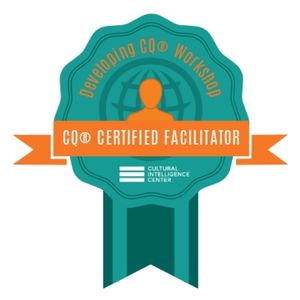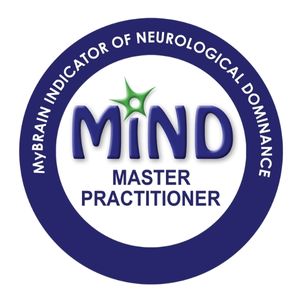Hello everybody, I’m Victoria Rennoldson, Communication and Culture Coach, and welcome to something which is a little bit different from me. If you’ve been following me for a while, you know that I’ve been writing this blog and sharing my ideas for the last 18 months regularly, and now I’m moving into something where you can choose how you engage with this.
You can now watch my ‘Vlogs’, blog posts in video form. So you could choose to watch this by clicking ‘play’ on the video above, which also has subtitles.
Or, because I know that many of you, just like me, like to listen to podcasts when you’re out and about, you can listen to the audio only version, by clicking below:
Finally, you can also read the blog as well, right here on the website as you are now. I’ll be doing this on a regular basis going forward, so welcome to today’s first video audio and blog, and today’s topic is all about concise communication, and we’re going to be talking about this topic because it comes up a lot for my clients.
Clients often ask me questions about how to be concise and clear, particularly when expressing opinions in meetings that matter. So that might be because you’re leading the agenda, or it might be because you have to persuade people and influence people to your point of view. It’s a really important skill to have throughout your career and I’m sure it’s an area that we could all improve in.
Here I share with you a couple of questions to ask yourself when you’re planning for these really important interactions in meetings, to think about these questions and plan before you get into the conversation. I’ll also give you a little exercise to help you practice these skills.
To start off with, before we get anywhere near the conversation interaction, particularly if it’s an important conversation and there are high stakes or perhaps there’s a really important action point for you, then I suggest you ask yourself a couple of really important questions:
– Firstly, what is the purpose of the communication? This might be obvious or it might not, but the key is that you need to be very clear about what your objective is in your communication in this conversation.
– Secondly, I want you to think about the other people. Perhaps there’s one person or perhaps there’s several people, but what is your relationship with them like? Do you know them well or are these people who you’ve never met before? That will have an influence about how you approach the conversation and how you approach the interaction. Ask yourself from their perspective, how do they feel about this topic? Perhaps they have a specific agenda, or they have a particular point of view, or a strong feeling about this that you need to bear in mind, and you might even start to think about what types of questions they’re going to ask you or what their objections might be. You’ll also think about what’s your key action. This is sometimes called a ‘call to action’. Do you know what your action is that you want from the meeting? What is it you’re hoping to get to? Is it a decision? Are you looking for support? Are you looking for a checkpoint in terms of moving things forward? Have a think about that and try to anticipate and make sure that you’re getting all of that in, because if you have that at the front of your mind, again that’s going to help you keep you very clear and concise in your communication.
Once you’ve asked yourself these key questions, you can get into really identifying the messaging, and when it comes to expressing yourself, you want to aim to have your point super clear, so that you could express it in 30 seconds to a minute maximum. You’ll want to know what that one key message that you want to land is, and what the most important point that you want to share is, and if you have time, also what the support or backup for that is.
Finally, it’s really important you get in your action, what you need from the other person or people. Because you have limited time, my advice is to keep it simple, less words are more in this type of situation so don’t make it over complicated, don’t try and build up your rationale just get to the point quickly, and make sure finally you get your action in – what is it you need from the other people?
Hopefully those principles, the questions, and the framework really help you to think about concise communication. I’ll also share with you a little bit of an exercise that I do with my clients that helps them to practice these skills: this is called the 30-second challenge exercise. I’m sure you can imagine what’s coming up, but basically what we do is we pick a topic, and that could be a topic from the media, so something current in the news, or it could be specifically from your industry or from your section area, or it could be very much to do with the meeting that’s coming up with the communication that you’re planning for. I then want you to take only 30 seconds (you’ll need a timer for this), and I know this is a bit challenging, but take 30 seconds and just write down your two key points – that’s your main point and then what your call to action is on this topic, and this is specially relevant if it’s for planning for a meeting. If it’s more about the media or industry you might be able to just do two key points that you want to share. You’re then going to record yourself or say it out loud in some way.
Express your points, but again time yourself, give yourself only 30 seconds to do this and this will be a great test of whether you can really be succinct, clear, and brief to the point, and you feel satisfied you’ve got the main points across.
I know this is not an easy exercise and in fact when I do it with clients I pick a number of different topics, and we practice this several times in a variety of different situations to get more comfortable and to help that feeling of being confident to be able to clearly express yourself in a short amount of time. However, it is great practice to do and it will help enable you to really think about that approach and certainly the framework and questions I shared with you. It will also be a really helpful way for you to think about how you plan for those very important interactions and conversations to be very concise.




